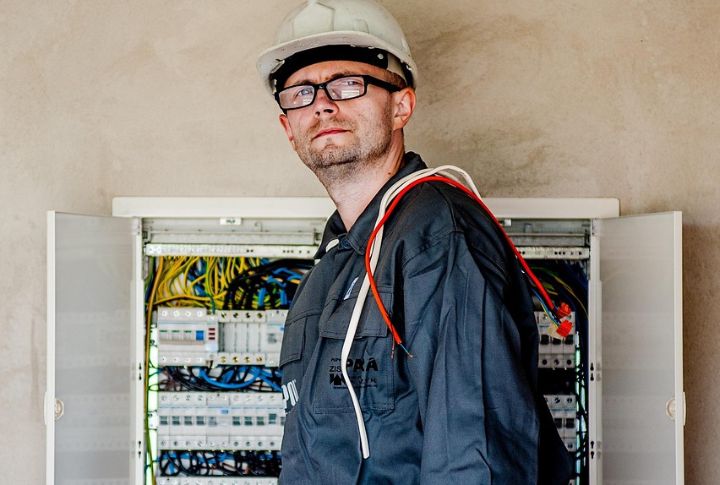
It’s easy to assume your home’s wiring is fine as long as everything powers up. But small habits and overlooked details can slowly turn into headaches you never saw coming. Many homeowners don’t realize the risks they create until issues pile up or inspections uncover them. Let’s point out the electrical mistakes people make most often and why steering clear matters.
Using Indoor Wire Outdoors
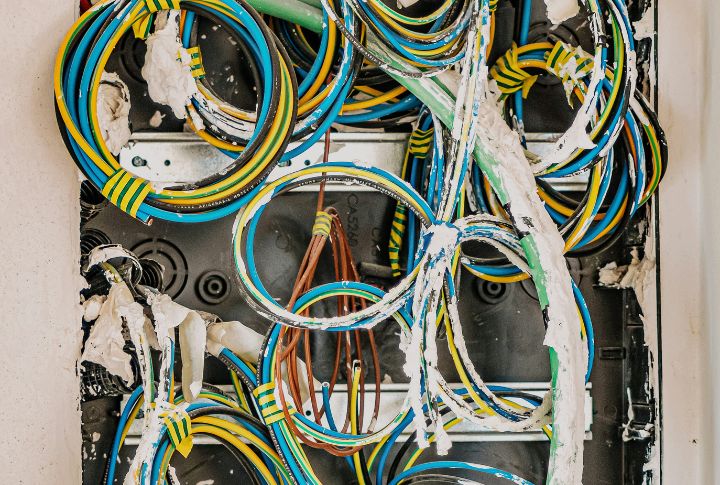
Trying to save money by using indoor wire outside can backfire quickly. Indoor wire isn’t built to handle moisture, sunlight, or temperature swings. Without outdoor-rated insulation, wires deteriorate fast. They create code violations and even insurance problems if something goes wrong.
Not Cutting Off The Breaker
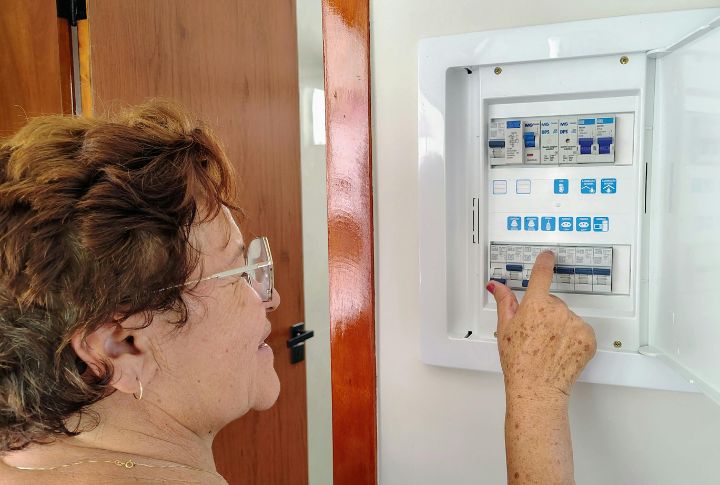
Many homeowners assume flipping a wall switch makes a circuit safe, but that’s a dangerous misconception. Electricity still flows through the wires and carries enough power to cause severe injury. The only guaranteed safe approach is shutting the breaker off completely before starting repairs or installations.
Neglecting Grounding At Outlets
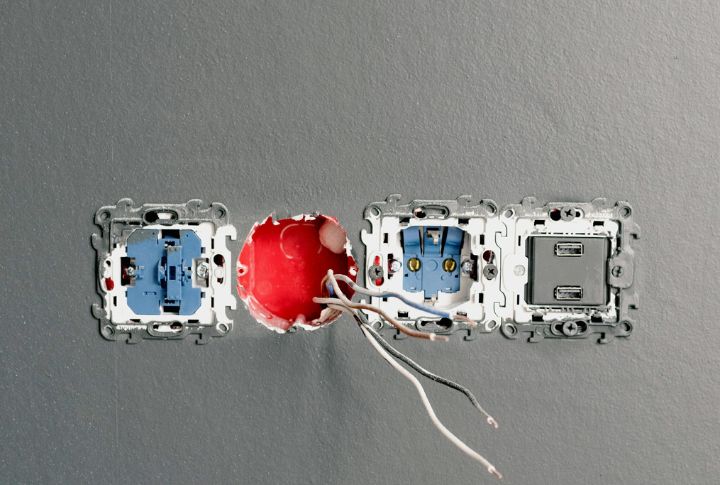
Ground wires serve as safety valves, directing excess electricity harmlessly into the earth instead of through people or property. Without this pathway, breakers may not trip during a short circuit. That’s why missing or faulty grounding remains one of the most frequent violations inspectors report.
Wrong Wire Gauge
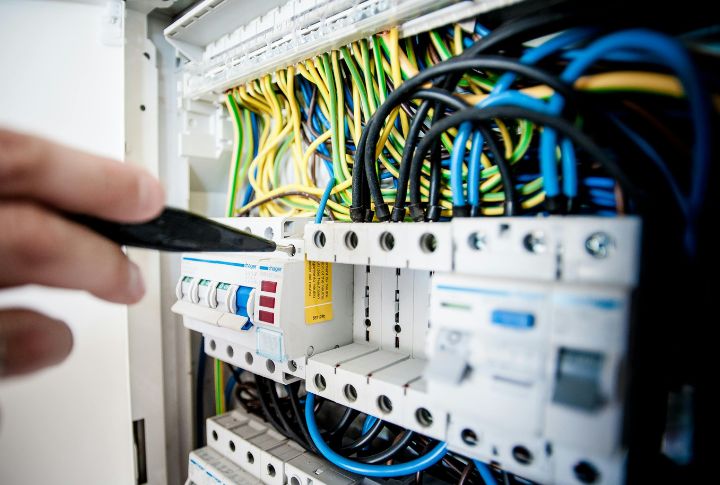
Using the wrong wire size for the amperage is more dangerous than it looks. Small wires can overheat or even ignite when overloaded. Electrical codes set specific wire sizes for each circuit, and older aluminum wiring should be upgraded to copper.
Running Cords Under Rugs Or Carpets
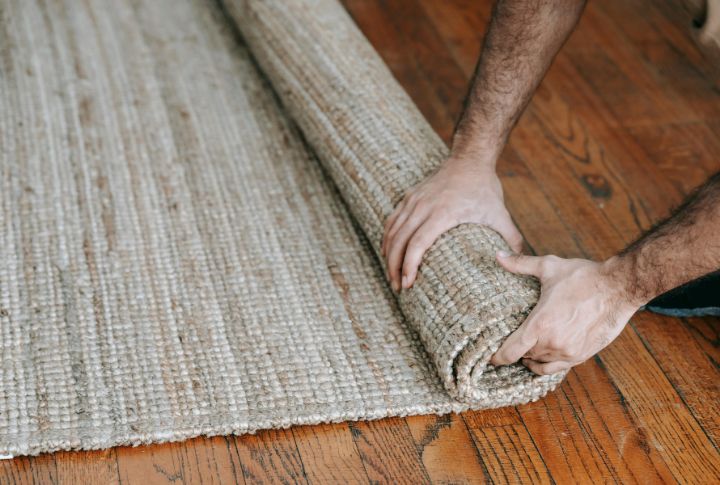
Extension cords should never be put under rugs or carpets. Constant foot traffic weakens their insulation, while trapped heat builds up beneath the surface. Home inspectors consistently identify this as among the most dangerous and preventable household electrical hazards.
Not Installing GFCI Outlets
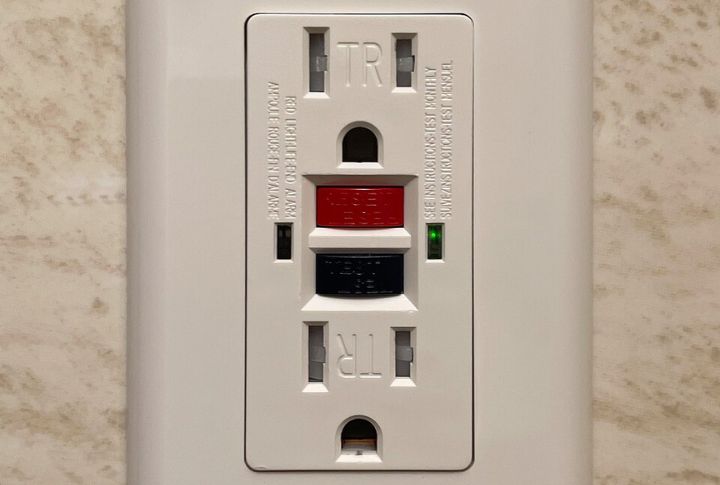
Ground-Fault Circuit Interrupter or GFCI outlets shut power off instantly if water creates a fault. They’re required in kitchens, bathrooms, and outdoor areas, but many homes still lack them. Skipping GFCIs (or installing them incorrectly) removes one of the most effective protections against electrical shock.
Upgrading Panels Without Permits
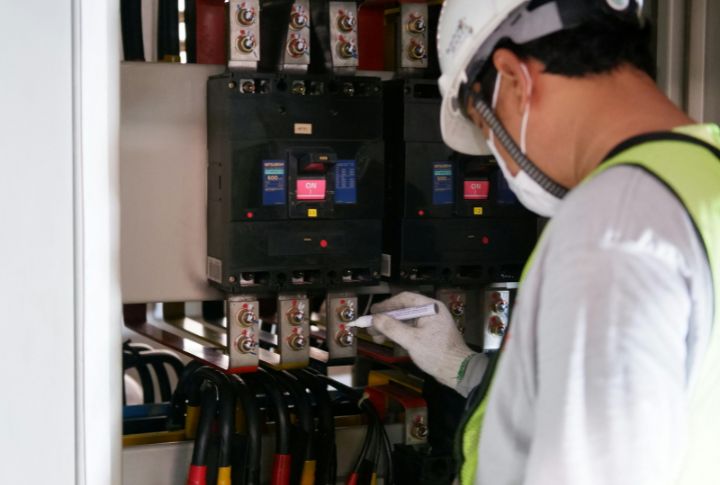
Replacing or upgrading a breaker panel without permits may seem faster, but it’s a risky shortcut. Unauthorized work often leads to hidden hazards and voided insurance coverage. As a homeowner, you should always hire a licensed and reputable electrician and get the right approvals.
Not Securing Electrical Boxes
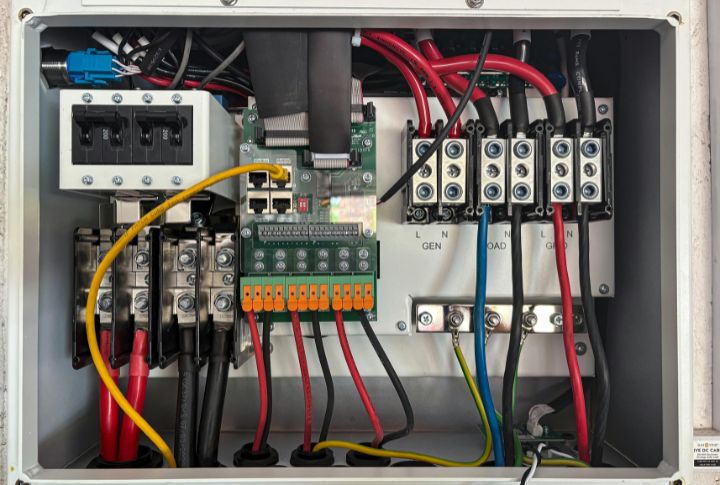
Loose electrical boxes make outlets and switches unstable. This instability can damage wires or trigger arcing hidden behind walls. Properly anchored boxes installed flush with drywall prevent these hazards, improve safety, and keep future electrical repairs accessible without extra complications.
Nailing Or Screwing Into Hidden Wiring
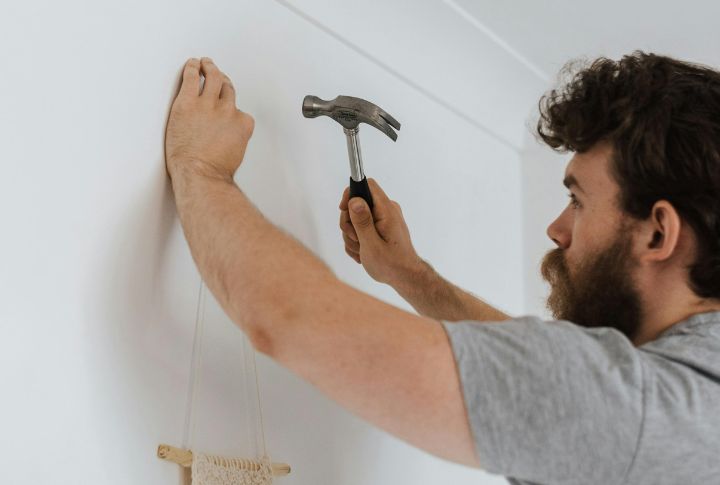
Driving a nail or screw into hidden wiring can cause sparks, shorts, or even start a fire behind the walls. Because the damage stays concealed, the danger usually escalates unnoticed. Stud finders with wire detection and protective metal plates help prevent this mistake.
Skipping Insulation Checks
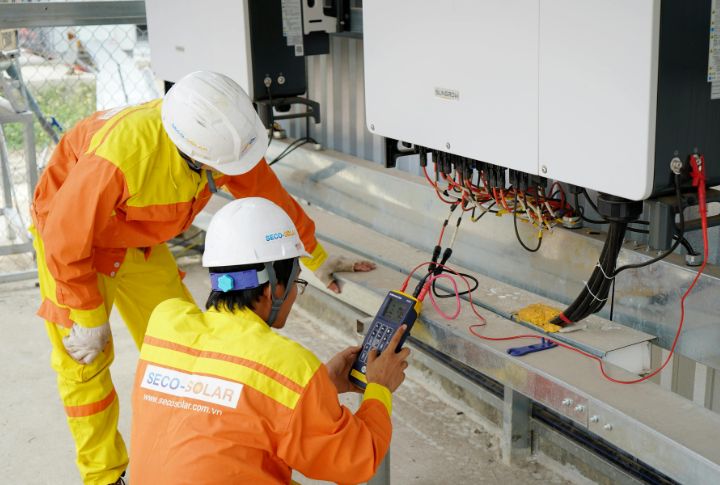
Wiring put away in attics or crawl spaces suffers damage from age or rodents. When insulation wears down, exposed conductors can spark, arc, or short out, which creates serious hazards. Regular inspections catch these issues early and stop silent electrical problems from spreading.
Using Multiple Power Strips
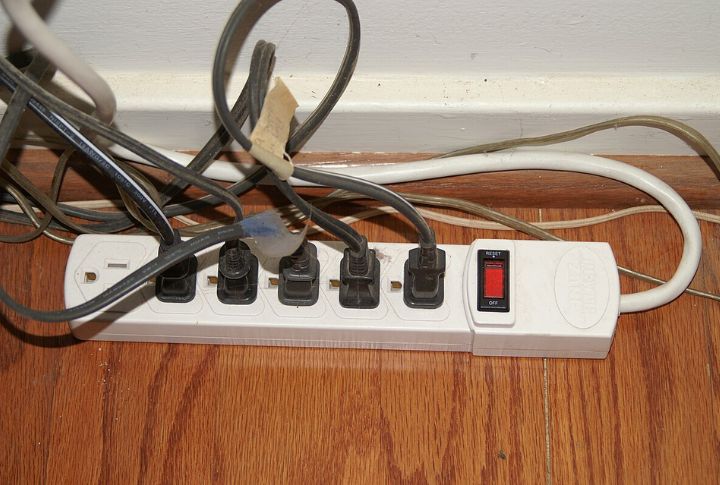
Chaining power strips together may seem like an easy fix when outlets are limited. Unfortunately, this setup overloads circuits and defeats the built-in safety design. Even surge-protected strips cannot handle the extra demand, leading to damaged wiring or potentially devastating household fires.
Extending Wiring Splices With Tape
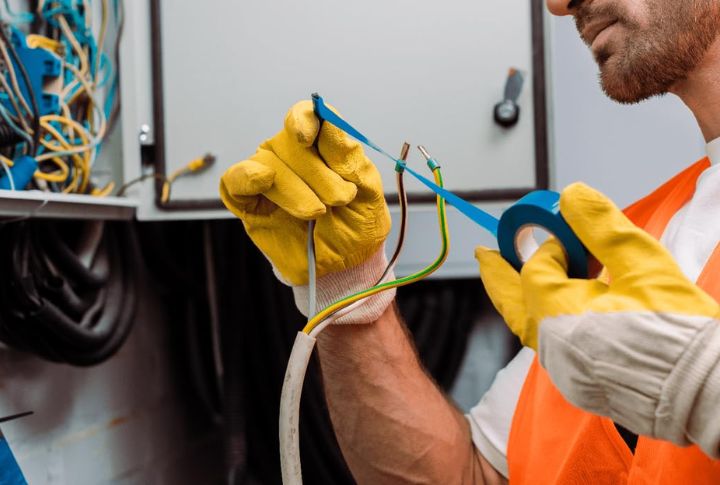
Relying on electrical tape alone to hold a splice together is a risky shortcut. Over time, the tape dries out and allows wires to loosen, which sparks or shocks. Proper wire nuts or approved connectors provide you with permanent and safe joints.
Ignoring Buzzing Or Warm Outlets
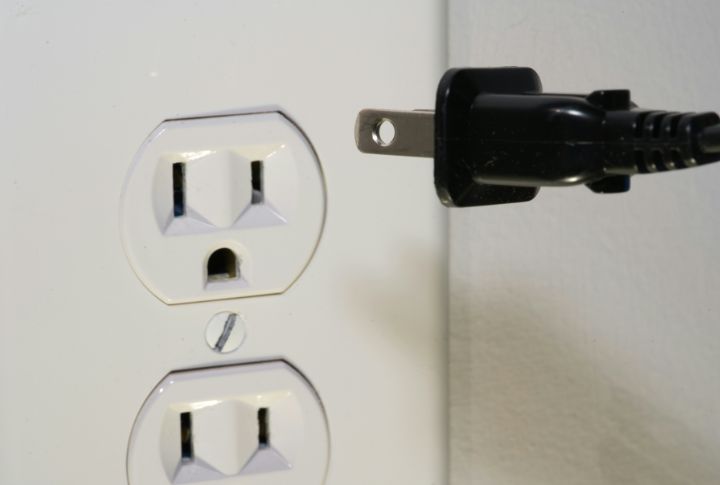
A warm or buzzing outlet is more than a nuisance; it signals trouble. Loose connections or overloaded circuits sometimes hide behind the cover, slowly worsening. Since these dangers remain invisible, calling an electrician immediately is the safest way to prevent an electrical fire.
Not Labeling Circuits
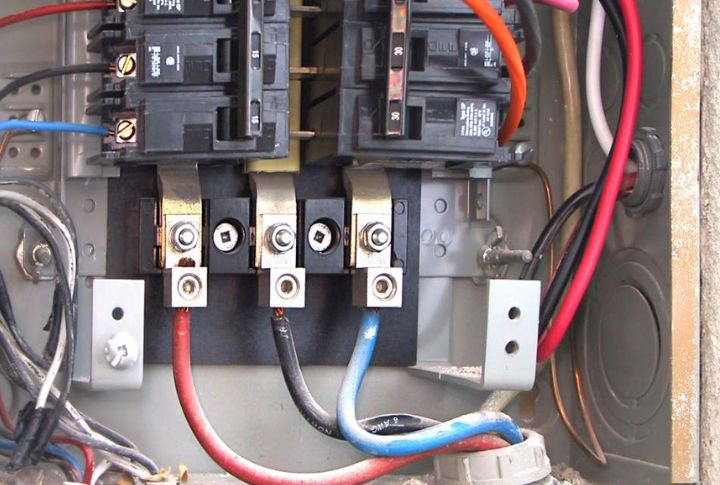
Breaker panels require clear, accurate labels to ensure safety for everyone in the home. Guessing which breaker controls a circuit wastes critical time during emergencies and increases the chance of accidents during repairs. Electricians suggest color-coded labels to simplify identification and maintain code compliance.
Allowing Moisture In Outdoor Switches
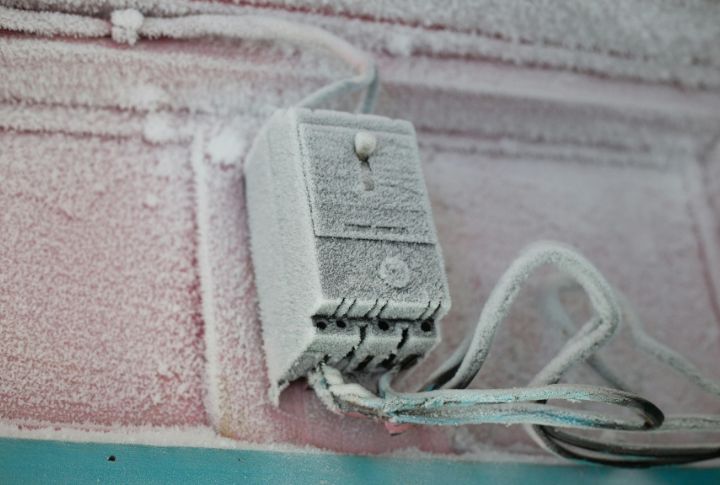
Outdoor outlets and switches must always be sealed tightly to prevent moisture from entering. Older installations lack weatherproof covers or GFCI protection, leaving them vulnerable to corrosion and shock hazards. Modern in-use covers keep outlets protected, even when something is plugged in, to prevent water intrusion and dangerous shorts.
Not Using Proper Conduit Fittings
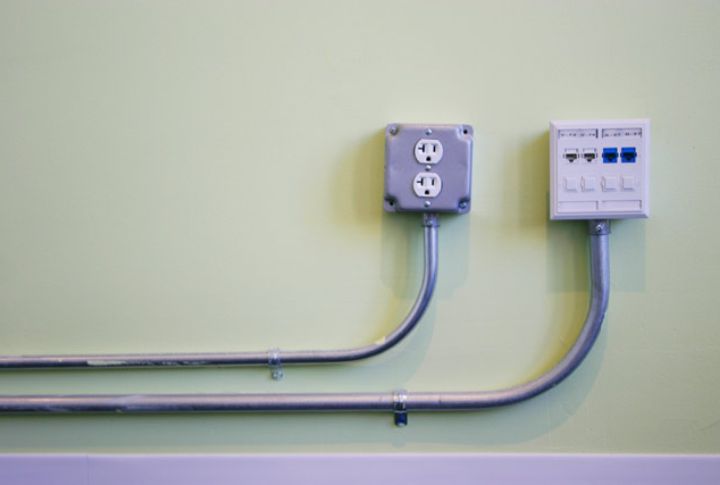
Your conduits are only safe if you use the right fittings. When connections aren’t watertight, moisture sneaks in and damages your wires. By choosing specialized fittings with gaskets and seals, you protect outdoor or wet installations from dangerous shorts and costly electrical failures.
Unsecured Wiring
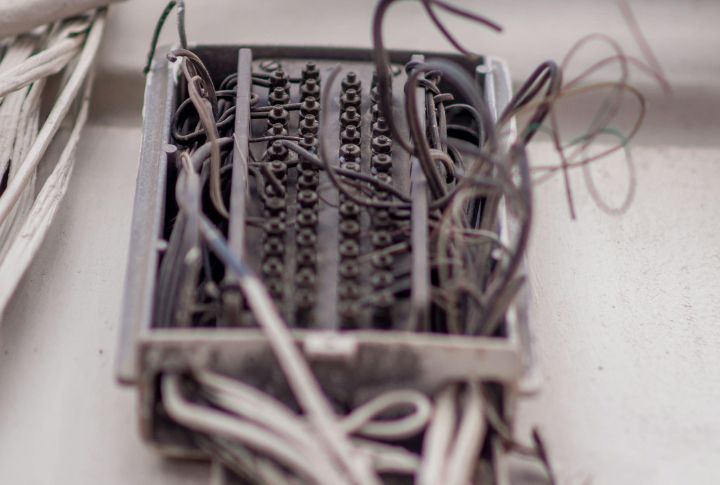
If you leave wires dangling or resting against flammable materials, you’re creating a hidden hazard. Loose wiring can overheat, wear through insulation, or spark fires that start silently. Using simple wire clamps or staples keeps everything secure and removes the danger with almost no effort.
Cutting Wires Too Short
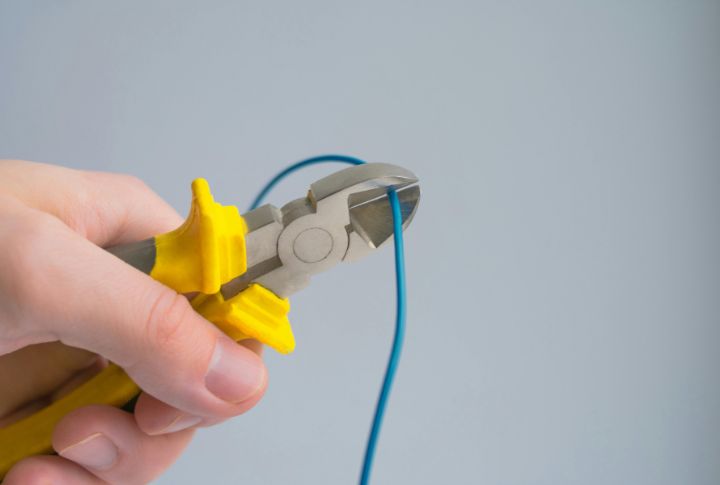
Wires in junction boxes must be long enough for safe connections. Professionals follow a standard: at least 6 inches inside the box, with 3 inches sticking past the opening. Anything shorter risks loose, unsafe connections and makes future repairs harder.
Leaving Wires Exposed
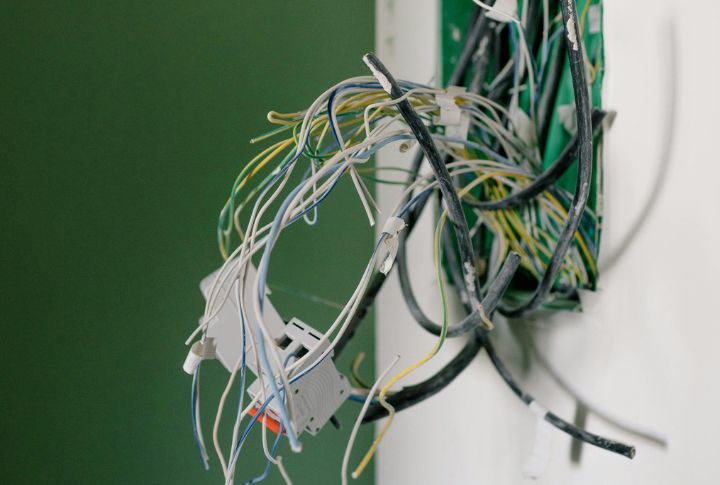
If you leave bare or loosely taped wires exposed, you’re setting up an accident waiting to happen. Hidden out of sight, they carry serious shock and fire risks. The only safe solution is enclosing those wires properly inside junction boxes or approved protective housings.
Reversed Polarity
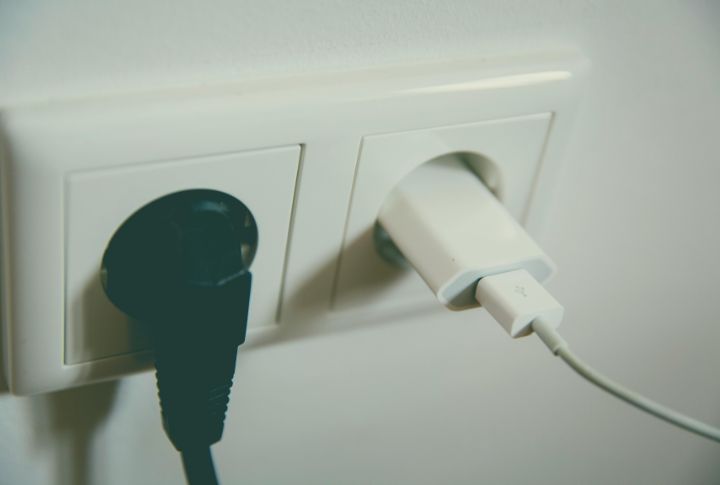
When hot and neutral wires are reversed, outlets appear normal but operate dangerously. This mistake exposes you to shocks when plugging in appliances and can quietly ruin sensitive electronics. Electricians rely on simple testers to detect reversed polarity quickly and restore safe wiring.

